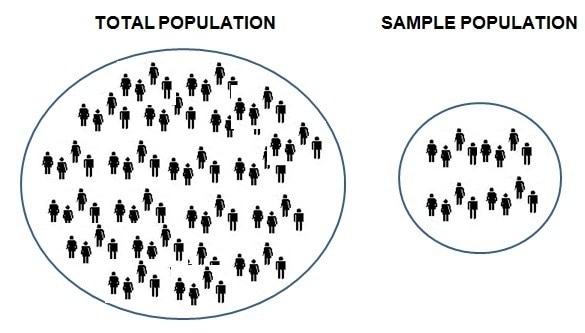
How to conduct secondary market research? Secondary research Process
How to conduct secondary market research?
Secondary market research is used when there is information available for your product in the market through publications or references which can be searched and utilised. Thus, without investing in time or money, you can get the solutions for your problems. The common reasons to conduct secondary research is to find out competitors movements, market share and other such factors for which already research studies are in place or other organizations are doing research.
However, whenever a company launches a new product or does something unique, then it has to conduct primary market research to find out the correct answers. In today’s online world, finding information through secondary market research is easy and hence. This article lists out 4 ways to conduct secondary market research. However, we recommend another article to find out the tools of secondary market research and the importance of secondary market research.
How to conduct secondary market research?
Table of Contents
1 – Define the goals
The number one thing for conducting secondary research is to determine the goals of the study. This is necessary so that you do not go very far in your research and the same time do not conduct a very narrow research study as well. For example – If you need to find out information regarding a target market, then you need to collect different variables like demographics, socio economic factors etc. This information will tell about your target market. Thus, in this example, the goal is to find out the target market for your product through secondary information.
2 – Categorize
When you conduct a secondary market research, then the data can go haywire. There would be so much data that later on it will be difficult to handle. Thus, the second thing you have to do while conducting secondary market research is to categorize the data collected. For example – continuing the above example, if you want to find out a new target market, then you will divide on the basis of geography, then demography, then usability, so on and so forth. You will find out 4-6 segments for each type of customer and divide the data accordingly. Finally you will have a categorised data in hand.
3 – Organize
Once you have the categories then you are already pretty organised. However, within the categories itself there would be micro data which can help you in decision making while conducting secondary market research. For example – in geographic segmentation, you can define areas with higher income vs areas with low income. This can then later on be cross referenced with the demographic segments as well.
Thus, within the categories, you will organize the micro data. This is the common principle behind a census survey. In such a survey, you can locate the type of people, the place that they stay in, so on and so forth. The resultant data is very organized.
4 – Find out reliability
Many a times, it happens that the secondary market research data is untrue. Or that the wrong information has been gathered. This can be the case whenever you outsource a huge secondary data to be collected. There would always be errors in the collected data. Thus, in this case, on a macro level, you will have to check the reliability of the data. For example, if your data tells you that the geographic population in an area is 1 lakh, then you can find out the reliability through government reports as well.
Similarly, if you have to find out competitors presence, then you can confirm the reliability through your relations with the competitors employees or through competition channel members and vendors. This will help you confirm validity and reliability of the secondary market research data.
5 – Cross reference & analyse
Now, at this point of time, the data which you have in hand will be categorised, organized and very much reliable. Plus it will be within the goals specified by the management. Now the final part is to cross reference the data within itself to analyse the data better. Taking the examples above, if you have to find out the correct target market, then only geographic analysis is not enough. You need to have the demographic, the psychographic and such different factors in hand to determine which market you can target in the future.
This is possible only when you have individual points which match across the factors. For example – if you find in geographic research that there is high income group in a particular geography, then it matches with the demography where you needed high income. At the same time, if psychologically yours is a premium product, then all the three factors match and this area can become your next target market.
6 – Present
The gatherers of secondary market research will always be different from the analysers and presentors. Thus, the people who are going to make the decision will need the presentation to start from the basic level and go up to the final decision level. Thus, after analysis, the final secondary market research data needs to be presented to the management so that the goals are proven to match the managements requirement. At this point, we have conducted secondary market research successfully.
Overall, be prepared that it might not be necessary that conducting a secondary market research is itself enough. The company might ask for a primary market research to confirm the findings and validate it. Market research can be a time consuming process but it is necessary because instead of spending huge amount of money on launching a product, it is better to conduct market research. If you have any further doubts on “how to conduct a market research”,










